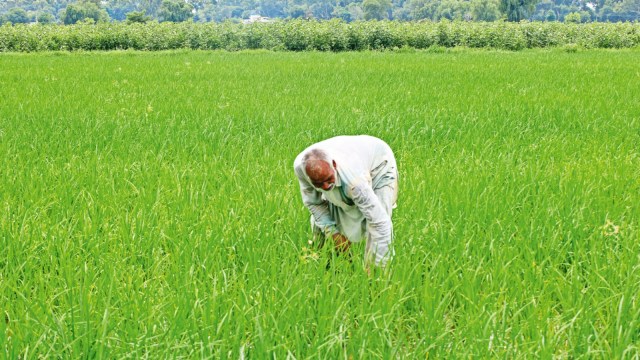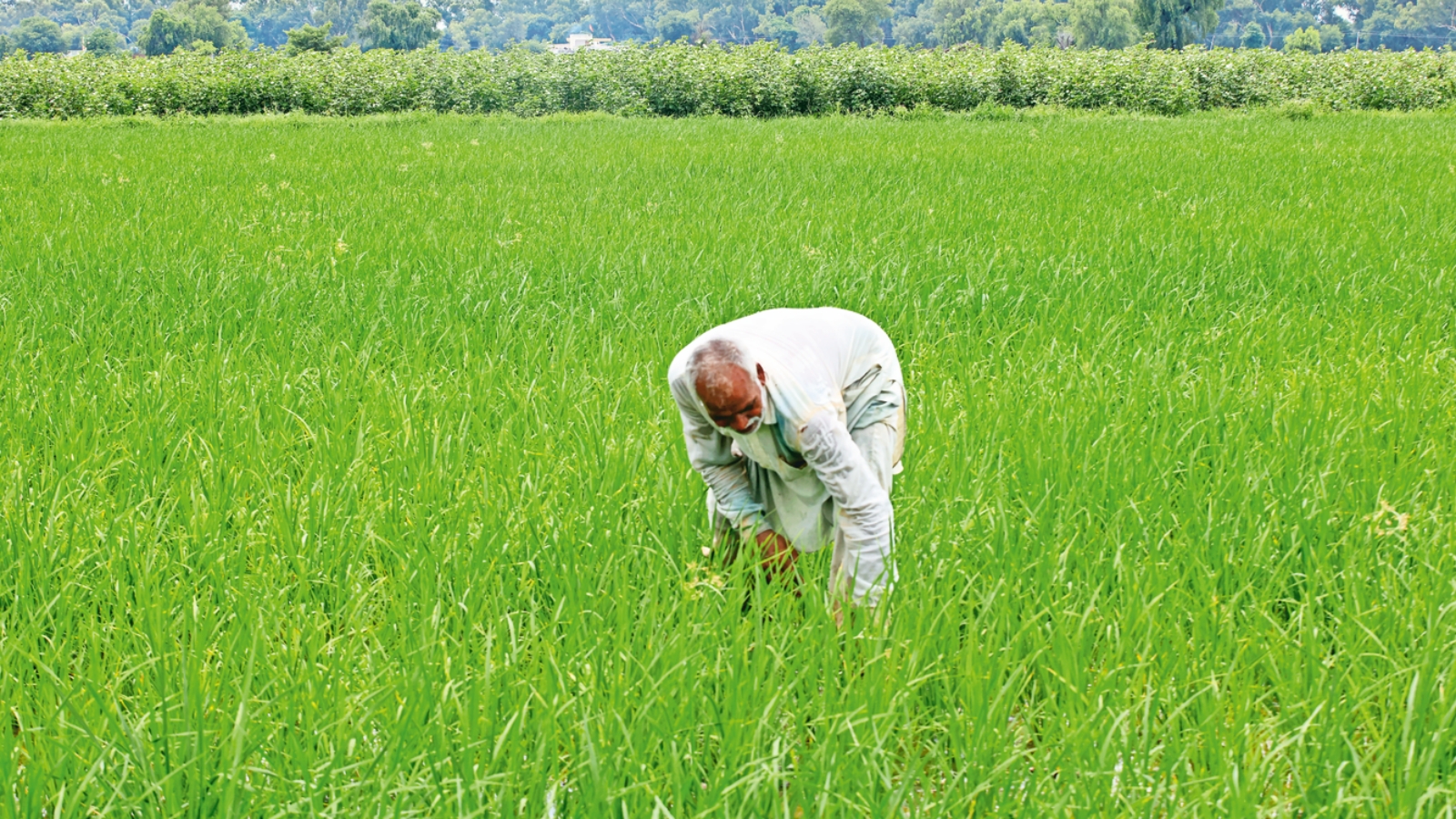
On Wednesday, the Supreme Court came down heavily on the Centre and the governments of Delhi and its neighbouring states for their failure to take strict action against farmers who set crop stubble on fire. The Court cited Article 21 of the Constitution and underlined that people have a right to live in a pollution-free environment. The number of farm-fire incidents has reduced in recent years. Yet, governments continue to look at punitive action as a way to resolve the problem, without understanding why farmers set fire to crop residue. Courts, too, blame agriculturalists for the pollution problem.
Besides crop-stubble burning, the main sources of pollution in the Delhi-NCR are local traffic, industries, construction works, sweeping of roads and local biomass burning. According to government data, stubble burning contributes 5 to 30 per cent to NCR’s pollution load during this period. Most such incidents take place in Punjab and Haryana.
The genesis of the problem lies in the Sub-soil Water Conservation Acts passed in 2009 by the Punjab and Haryana governments. These laws prohibit paddy sowing before mid-June. Their purpose is to ensure sowing closer to monsoon and conserve groundwater in the process. Delayed sowing, however, results in delayed harvesting. The crop cycle is delayed by two to three weeks. After harvesting, farmers traditionally had a window of about four to six weeks to sow the next rabi crop, mainly wheat. This window has shrunk by half in the past 15 years.
Traditionally farmers would harvest paddy manually — that leaves no stubble and is also an eco-friendly method. Farm workers move from field to field during the harvesting period. Other than in Punjab and Haryana, paddy is, by and large, harvested manually. The smaller window of harvesting in the northern states means all paddy farmers need labour at almost the same time. Labour thus becomes scarce, costly and unaffordable for most. As a result, farmers use machines to harvest the paddy crop. Mechanical harvesting leaves about two-feet stubble in the field which has to be burnt fast to clear the fields for the next crop. Mechanical harvesting and stubble management require about Rs 4,000 per acre, unaffordable to most farmers. They are constrained to burn the stubble.
Stubble burning is ecologically harmful. It leads to the depletion of nitrogen, phosphorus, sulphur, potassium and other micronutrients that are essential to soil health. These nutrients have to be replenished for the next crop cycle. We import large quantities of these chemical fertilisers. One spinoff of stubble burning is, therefore, an increase in the import bill. The practice also releases harmful greenhouse gases. Earthworms and other useful worms and insects are killed in the burning process, further impairing soil quality.
The most eco-friendly solution is to harvest paddy manually. After manual harvesting and threshing, the residue is used as fodder. A part is also set aside as bedding for animals in the winter.
To encourage farmers to harvest paddy manually and manage the stubble subsequently, the governments should pay them what it costs to do so — about Rs 4,000 per acre. MGNREGA funds could be used to partly finance this shift. If labourers are paid well, a large number of them are likely to migrate to Punjab and Haryana around October, as they do every year during sowing time in June-July. This will also partly mitigate the rural unemployment problem.
Penalising farmers and subsidising costly fossil fuel-guzzling machines shouldn’t be the solution to NCR’s pollution crisis. In the past, governments nudged farmers towards cultivating wheat and paddy to ensure the food security of the country. Farmers can similarly be nudged towards crop diversification with a legal guarantee of MSP and assured purchase of other crops like coarse cereals, oilseeds and pulses. This will reduce the area under water-guzzling crops in Punjab and Haryana and also ensure self-reliance in vegetable oils. India imports about 60 per cent of its edible oil requirements. In 2021-22, we spent about $19 billion of foreign exchange to import vegetable oils.
A return to manual harvesting will save water and curb pollution. In other words, the benefits of paying farmers to switch to manual harvesting extend beyond improving Delhi-NCR’s air quality. Every year in global climate change meets, negotiators talk of spending trillions of dollars to fight climate change and contain carbon emissions. It would be worthwhile to begin by paying a few thousand crore rupees to farmers to ensure 100 per cent manual paddy harvesting.
The writer is president, Kisan Shakti Sangh



